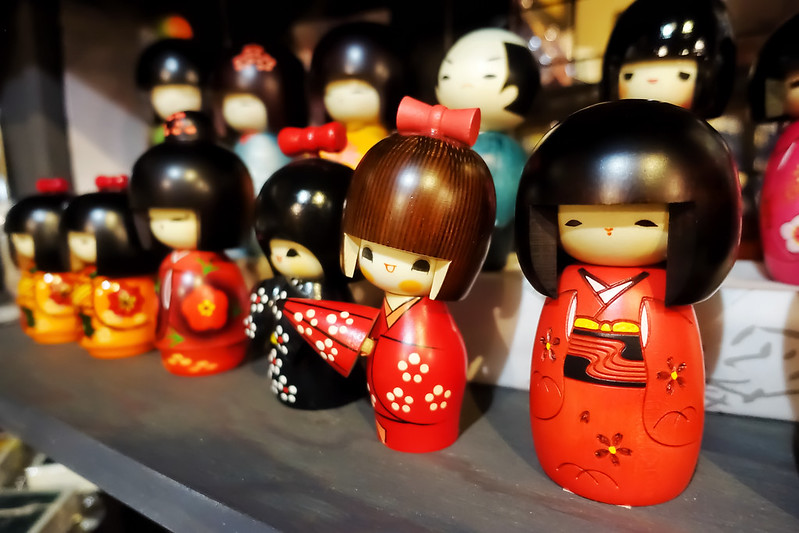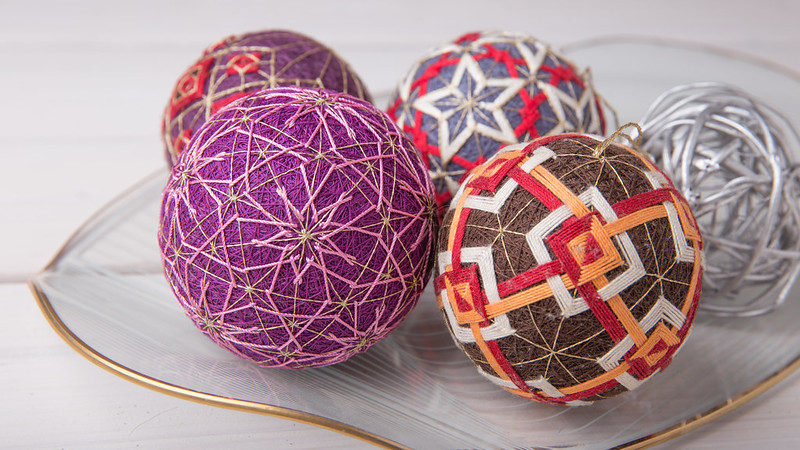
Traditional Japanese Arts
Japanese traditional arts and handicrafts have been subjected to many outside influences from other cultures. It was a result of the numerous sudden invasions the island nation endured through the course of history, followed by long periods of minimal contact from the outside world during Japan’s sakoku period.
The earliest complex Japanese art form was Buddhism, from the 7th and 8th centuries. During the 9th century, the Japanese began to develop their own indigenous forms of expression as they incorporated their own styles into what they had adapted from the Chinese. The culmination and aesthetic uniqueness of traditional Japanese art is a result of assimilating the influence of foreign cultures and elements.
Many regions of Japan have their own specialties in traditional handicrafts. Here are just a few of them.
Kutani ware, Ishikawa – a style of Japanese Gotō Saijirō porcelain known for its colorful, vibrant painted designs. Kutani ware was established by Gotō Saijirō of the Maeda Clan. He was responsible for setting up a kiln in the village of Kutani, now part of the city of Kaga, under the orders of Maeda Toshiharu, head of the Kaga domain. Kutani ware is distinguished by designs mainly using five colors (red, yellow, purple, blue, and green) that are used to paint over intricate line drawings. Many different products such as vases, tea sets, and ornaments are made using this traditional technique.
Kokeshi dolls, Miyagi – traditional hand-crafted Japanese wooden dolls with origins traceablle to northern Japan. The dolls have a straight, cylindrical body with large, round heads. The faces of the kokeshi are painted with very simple lines that still convey their various expressions. Since the dolls are hand-painted, each doll is unique; no two kokeshi dolls have identical faces. Traditionally, the body is coated with wax and usually decorated with floral designs of varying colors. The bottom of the dolls should bear the signature of the artist.
Matsumoto-temari, Matsumoto – these handcrafted balls are decorated with scraps of yarn woven to create beautiful designs. Initially, the balls were meant to be used as beanbags for children. But a way to make the bean bags bounce was discovered, and the toy soon became known as temari handballs. Some balls are made with bells inside. They make a unique sound when bounced around. Temari balls are commonly used today as decorative accent pieces in many Japanese homes.



